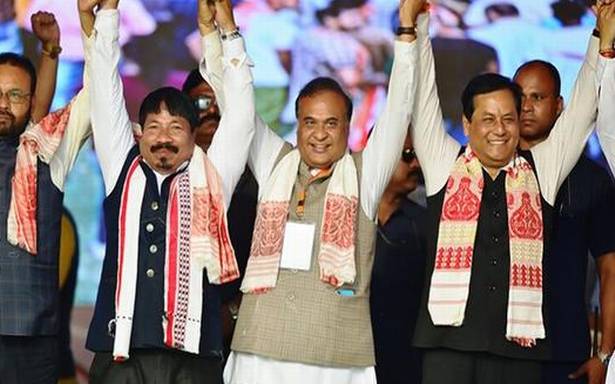In Assam, Mahajot got a greater share of votes among those with no formal education
As we have reported elsewhere on this page today, Assam has witnessed religious polarisation on such a large scale that any discussion on other social factors impacting voting choice is almost redundant. This polarisation cuts across the other cleavage — Asamiya and Bangla-speaking Hindus and similarly overcomes the factors of caste and tribe. Within the framework of this polarisation, what are the other social factors that may contribute to voting choice?
Looking at the way in which various social groups have voted this time, we find that education, class and location were most likely to decide if the voter would choose the Mahajot or the NDA. This comes out from the Lokniti-CSDS post-poll survey.
On the basis of levels of education, there is a neat pattern: higher the access to education, greater the share of NDA votes in that group. In turn, the Mahajot could win a greater share of votes among those with no formal education and among those who had education only up to the primary level. In both these groups, the Mahajot outperformed the NDA. In terms of economic class too, a clear pattern emerges: The Mahajot being stronger among the poor, the NDA getting a major share of votes among middle and upper classes. However, among lower income groups, the share of both alliances was almost equal. The NDA has a huge lead (40 percentage points) over the Mahajot among urban voters and though the Mahajot polled well among rural voters, here too, the NDA still has not done badly either.
Lokniti-CSDS post-poll study shows a slight but significant advantage to the NDA among women compared to men. Age also shows an interesting pattern — the NDA seems less popular among the youngest voters — something we had noticed in 2016 also.
The figures must be read with a caveat — as high as three fourths (72%) of Mahajot’s votes have come from Muslims (more so due to their alliance with the AIUDF), while the NDA’s vote bank consists of largely Hindus (86%).
(The author is a Researcher at Lokniti-CSDS, Delhi)
Source: Read Full Article

